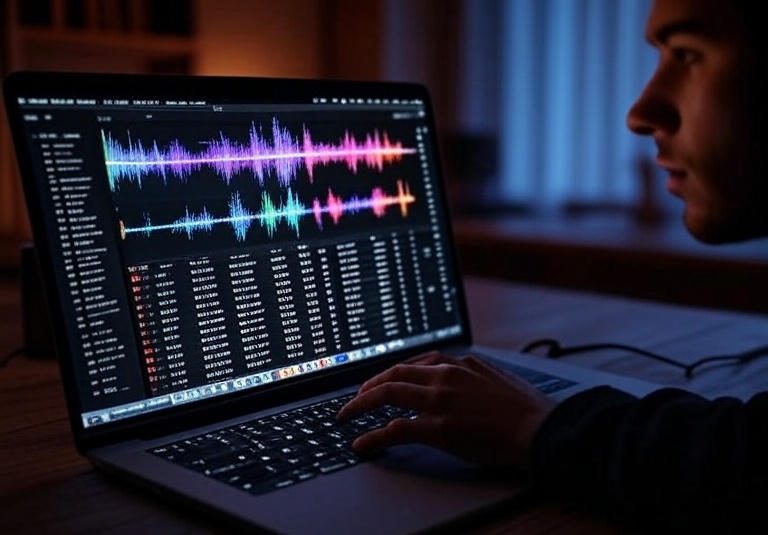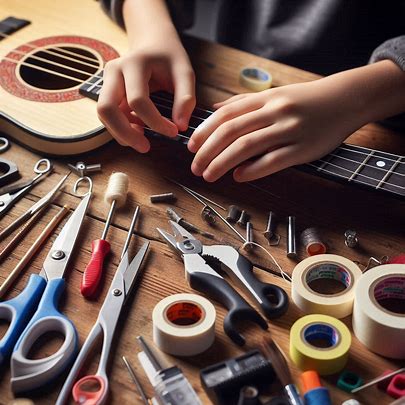Playlist Secrets: How Jeju’s Luxury Lounges Set the Perfect Tone

Jeju’s luxury lounges are renowned for their ambiance. Nestled on South Korea’s stunning island, these exclusive venues craft experiences that linger long after the night ends. The secret behind their allure lies not just in plush decor or premium drinks but in the carefully curated playlists that shape the mood. Music, an invisible architect, transforms these spaces into havens of relaxation, excitement, or exclusivity, depending on the vibe the lounge aims to evoke.
Curating playlists is a meticulous art form. Lounge managers in Jeju work closely with music curators to design soundscapes that resonate with their high-end clientele. For those seeking a seamless evening, services like Jeju Nightlife Reservations (source: 제주 유흥 예약) ensure access to these exclusive venues, where every detail, including the music, is tailored to perfection. Curators consider the lounge’s brand, target audience, and even the time of night when selecting tracks. A playlist for a sunset cocktail hour differs vastly from one for a late-night dance scene.
The psychology of sound drives these choices. Music influences emotions and behaviors in profound ways. Slow, melodic jazz tracks with soft piano and sultry vocals can calm the mind, encouraging patrons to linger over their drinks and engage in intimate conversations. In contrast, upbeat electronic beats with pulsing rhythms spark energy, urging guests to move and socialize.
“Music is a universal language that sets the emotional tone,” says Ji-hoon Park, a Jeju-based music curator. “We choose tracks that align with the lounge’s identity and the feelings we want to evoke.”
Each lounge has a unique musical signature. Some venues lean into Jeju’s natural serenity, incorporating ambient sounds like ocean waves or gentle rain to complement mellow acoustic tracks. Others embrace global influences, blending K-pop remixes with international house music to create a vibrant, cosmopolitan feel. The selection process involves:
- Understanding the audience: Curators analyze the preferences of locals and tourists, often favoring tracks that feel familiar yet fresh.
- Balancing tempo and mood: A mix of tempos keeps the energy dynamic without overwhelming guests.
- Timing the night: Playlists evolve as the evening progresses, transitioning from relaxed to lively as the hours pass.
Exclusivity is a key factor in track selection. Many lounges aim to make guests feel like they’re part of an elite experience. Curators often include rare remixes or tracks from up-and-coming artists to create a sense of discovery.
“When you hear a song you can’t find on a streaming platform, it feels special,” notes Soo-jin Kim, a frequent lounge-goer. “It’s like the music is made just for that moment.”
This approach not only enhances the atmosphere but also builds a sense of loyalty among patrons who associate unique sounds with the venue.
The Science Behind the Sound
Music’s impact goes beyond mere enjoyment. Studies show that tempo, key, and volume can influence heart rate, mood, and even spending behavior. In Jeju’s lounges, curators use this science to their advantage. For instance, songs in major keys often evoke happiness, while minor keys can feel introspective or melancholic. A well-curated playlist might start with warm, major-key tracks to welcome guests, then shift to minor-key songs as the night deepens, creating an emotional arc.
Collaboration is key to playlist success. Curators often work with DJs, sound engineers, and even lounge staff to fine-tune selections. Feedback from bartenders, who observe how guests react to certain songs, is invaluable. If a track clears the dance floor or dampens conversation, it’s quickly replaced. This iterative process ensures the playlist remains dynamic and responsive to the crowd’s energy.
READ ALSO: Rhythmic Rising of Southeast Asia: A Hip-Hop Revolution
Why It Matters
A great playlist does more than fill silence. It shapes the entire experience, from how long guests stay to how much they enjoy their night. In Jeju, where competition among luxury lounges is fierce, music is a differentiator. Venues that master the art of sound curation stand out, drawing both locals and tourists eager for a memorable evening. Platforms like Jeju Nightlife Reservations make it easier for visitors to discover these sonic sanctuaries, ensuring they don’t miss out on the island’s best vibes.
Jeju’s lounges prove that music is more than background noise. It’s a powerful tool that crafts unforgettable nights. Whether it’s the soothing strum of a guitar or the infectious beat of a dance track, the right playlist can turn a simple evening into something extraordinary. So, next time you step into one of Jeju’s luxury lounges, listen closely. The music isn’t just playing, it’s telling a story, setting a mood, and inviting you to be part of something truly special.

 Music can do more than just entertain—it can help people focus, improve their mood, and even boost work performance. This is true for many cleaning professionals, including those in the carpet cleaning business. While scrubbing stains and operating machines may seem like purely physical tasks, there’s a mental side to the job too. For many carpet cleaning pros, music plays a big role in how they manage long days and demanding work.
Music can do more than just entertain—it can help people focus, improve their mood, and even boost work performance. This is true for many cleaning professionals, including those in the carpet cleaning business. While scrubbing stains and operating machines may seem like purely physical tasks, there’s a mental side to the job too. For many carpet cleaning pros, music plays a big role in how they manage long days and demanding work. In many Asian cultures, especially in Chinese opera, there is a unique art called “mask changing” or Bian Lian. This performance art involves skilled performers’
In many Asian cultures, especially in Chinese opera, there is a unique art called “mask changing” or Bian Lian. This performance art involves skilled performers’  Plumbing systems have their own kind of rhythm. Whether it’s the repetitive tap-drip of a leaky faucet or the sudden whoosh of a flush, these noises follow patterns. Our brains naturally latch onto rhythm. Musicians, in particular, are wired to recognize these sequences and use them creatively. Many producers record the sounds of water moving through pipes and use them as percussive elements or background ambiance.
Plumbing systems have their own kind of rhythm. Whether it’s the repetitive tap-drip of a leaky faucet or the sudden whoosh of a flush, these noises follow patterns. Our brains naturally latch onto rhythm. Musicians, in particular, are wired to recognize these sequences and use them creatively. Many producers record the sounds of water moving through pipes and use them as percussive elements or background ambiance. Children naturally gravitate toward rhythm and sound. Tapping their feet to a beat or humming a tune comes as easily as breathing. Combining this instinct with STEM education—science, technology, engineering, and math—creates a powerful learning tool. Music makes abstract concepts tangible. It sparks creativity while grounding complex ideas in something familiar. This blend transforms classrooms into vibrant spaces where kids explore, experiment, and connect.
Children naturally gravitate toward rhythm and sound. Tapping their feet to a beat or humming a tune comes as easily as breathing. Combining this instinct with STEM education—science, technology, engineering, and math—creates a powerful learning tool. Music makes abstract concepts tangible. It sparks creativity while grounding complex ideas in something familiar. This blend transforms classrooms into vibrant spaces where kids explore, experiment, and connect.






 Technology and music are two things that go hand in hand. Music is the perfect companion to gadgets, it’s what gives them life. The two have been evolving together for decades, and now we find ourselves in an era where music is consumed on a variety of devices – from smartphones to laptops.
Technology and music are two things that go hand in hand. Music is the perfect companion to gadgets, it’s what gives them life. The two have been evolving together for decades, and now we find ourselves in an era where music is consumed on a variety of devices – from smartphones to laptops.



